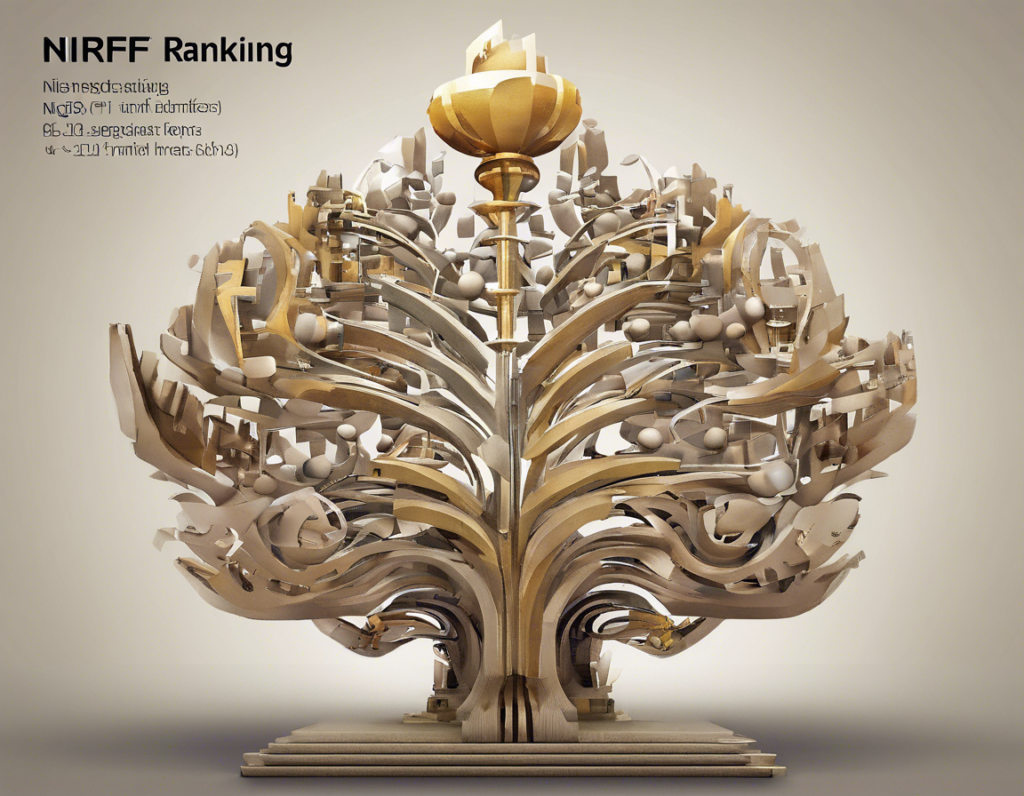The National Institutional Ranking Framework (NIRF) is a methodology adopted by the Ministry of Education, Government of India, to rank higher educational institutions in the country based on a set of objective criteria. This ranking is aimed at helping students make informed decisions when choosing a college or university for their higher education. In this article, we will delve into the intricacies of NIRF ranking and explore its significance for students.
Understanding NIRF Ranking
The NIRF ranking evaluates institutions based on several parameters such as Teaching, Learning, and Resources; Research and Professional Practice; Graduation Outcomes; Outreach and Inclusivity; and Perception. These parameters are further broken down into various sub-categories to provide a comprehensive evaluation.
Significance of NIRF Ranking for Students
- Decision-Making: The NIRF ranking provides students with a transparent and reliable source of information to compare different institutions and make an informed decision.
- Quality of Education: Institutions ranked higher in the NIRF ranking are generally considered to offer better quality education, research opportunities, and infrastructure.
- Employability: The ranking also takes into account factors like graduation outcomes and placements, giving students an idea of the overall employability of graduates from a particular institution.
- Accreditation: NIRF ranking serves as a benchmark for institutions to strive for excellence and continuous improvement, ultimately benefiting students in terms of quality education.
How to Utilize NIRF Ranking?
- Research: Students can use the NIRF ranking as a starting point for their research. They should delve deeper into specific parameters that matter most to them, such as faculty-to-student ratio, research facilities, or industry collaborations.
- Visit Campuses: It’s essential for students to visit the campuses of shortlisted institutions to get a firsthand experience of the facilities, culture, and environment.
- Consult Peers and Alumni: Talking to current students and alumni of the institutions can provide valuable insights that may not be captured in the rankings.
Frequently Asked Questions (FAQs) about NIRF Ranking:
- What is the importance of NIRF ranking in choosing a college?
-
NIRF ranking provides a comprehensive overview of institutions based on various parameters, helping students make a well-informed decision about their higher education choices.
-
Can I solely rely on NIRF ranking to choose a college?
-
While NIRF ranking is a helpful tool, students are advised to consider other factors such as course offerings, location, personal preferences, and career goals before making a final decision.
-
How often is the NIRF ranking updated?
-
The NIRF ranking is usually updated annually, with new rankings released each year to reflect the current status of educational institutions.
-
Do all institutions participate in the NIRF ranking?
-
No, participation in the NIRF ranking is voluntary. Not all institutions choose to participate, which may lead to some notable omissions in the ranking list.
-
Does a higher NIRF ranking guarantee better quality education?
- While institutions with higher NIRF rankings generally offer better quality education, it’s essential for students to consider their individual preferences and goals when choosing a college or university.
In conclusion, the NIRF ranking is a valuable tool for students seeking to pursue higher education in India. By understanding the methodology, significance, and usage of the ranking, students can make well-informed decisions that align with their academic and career aspirations.
